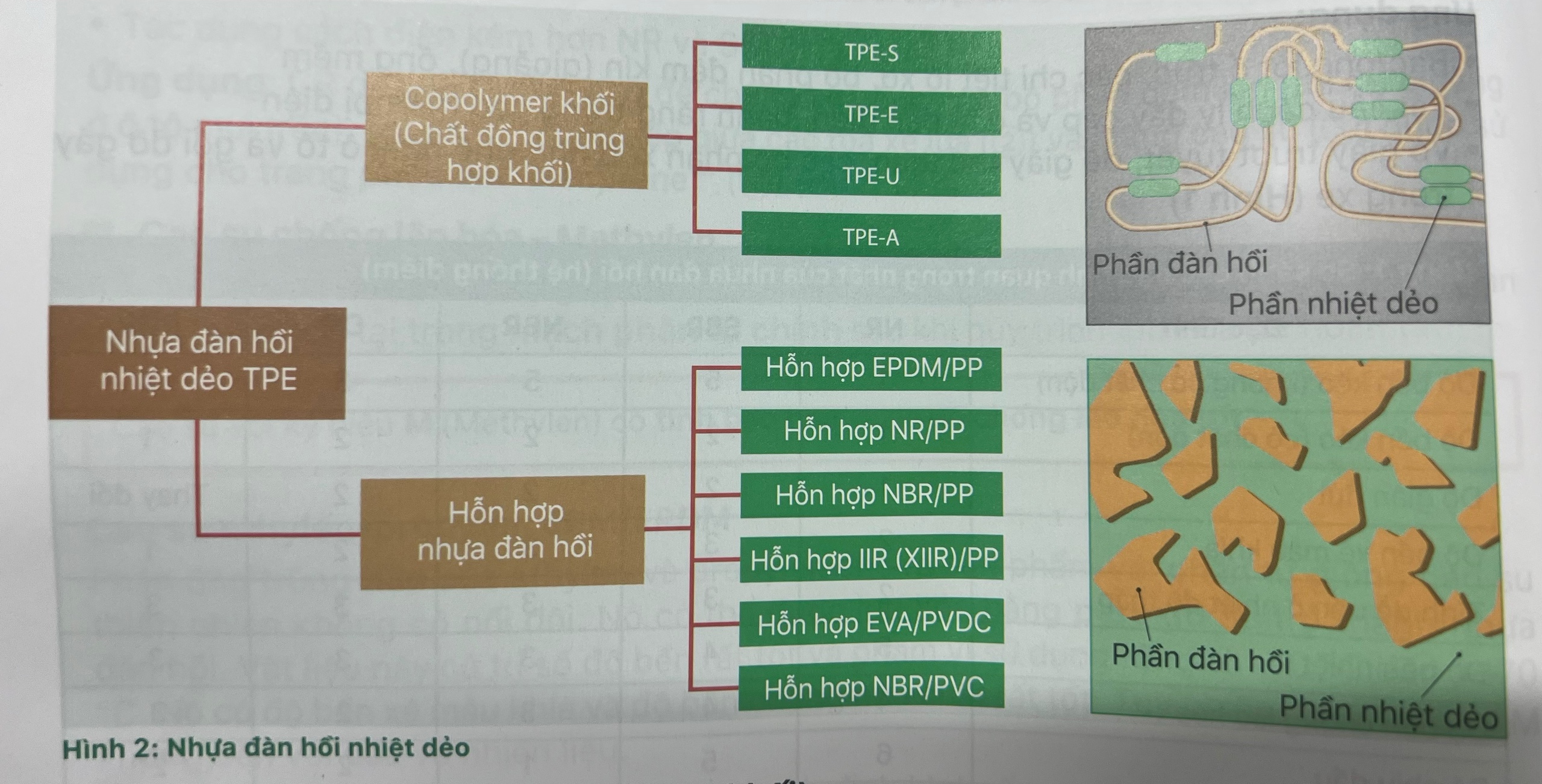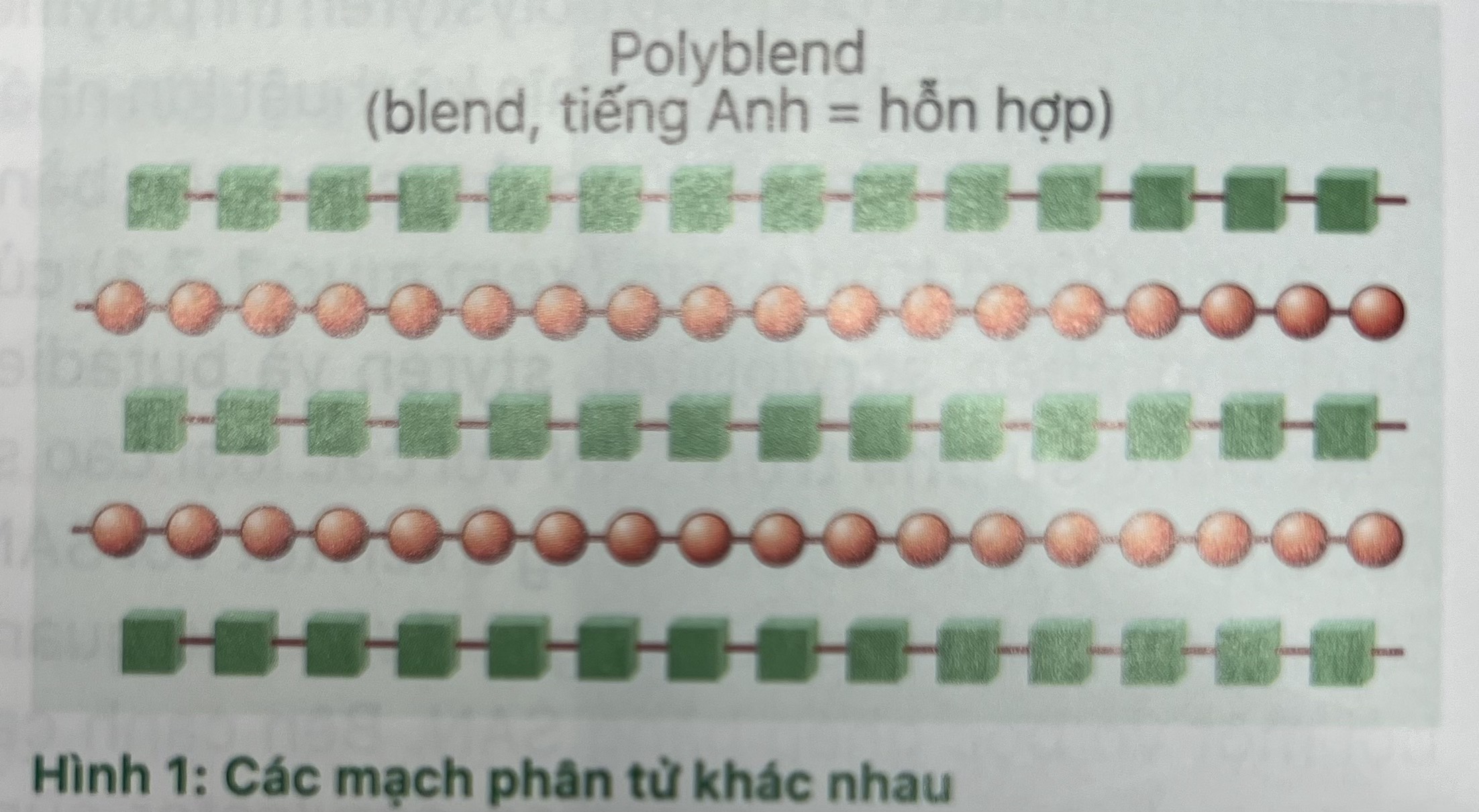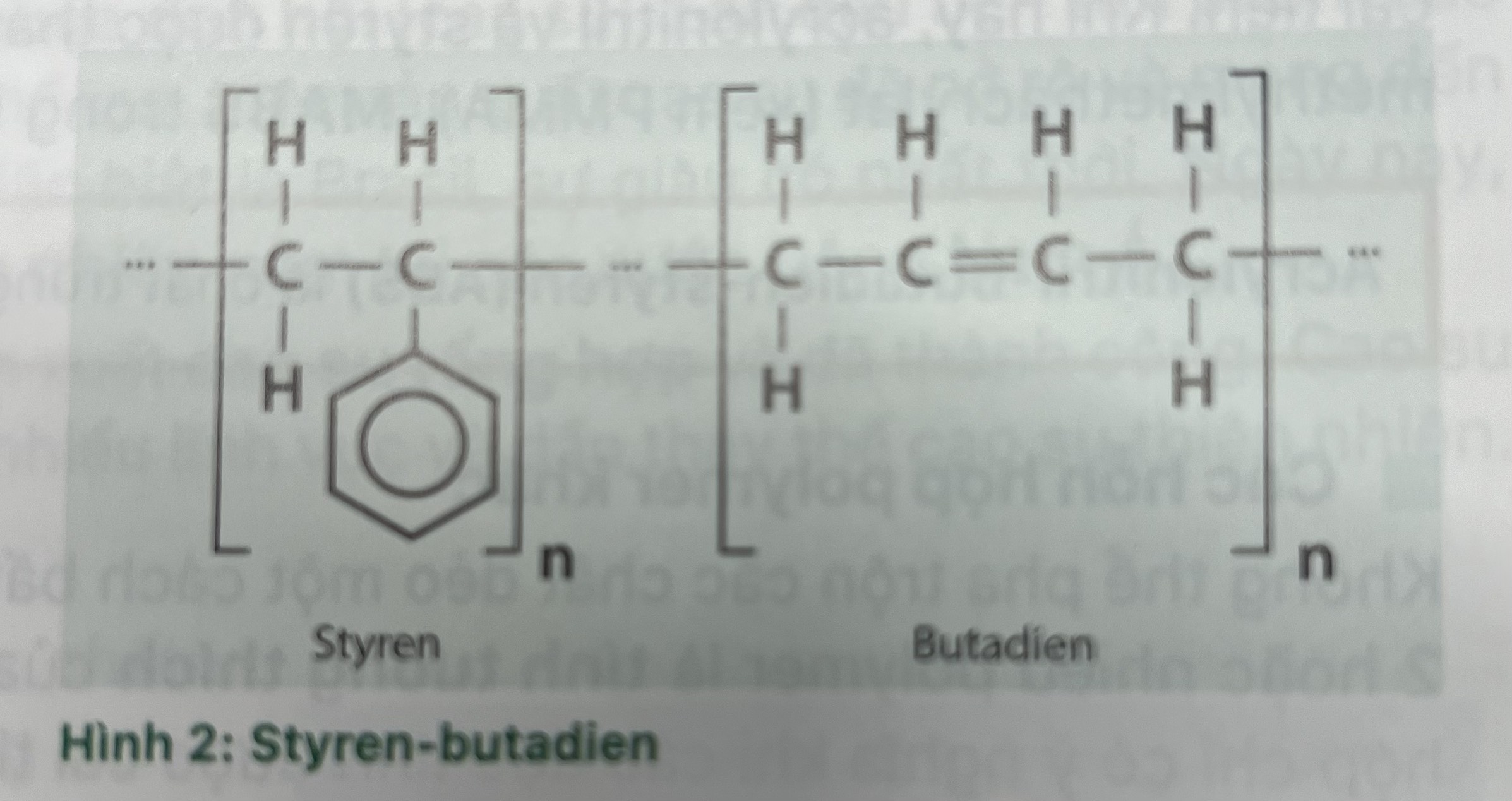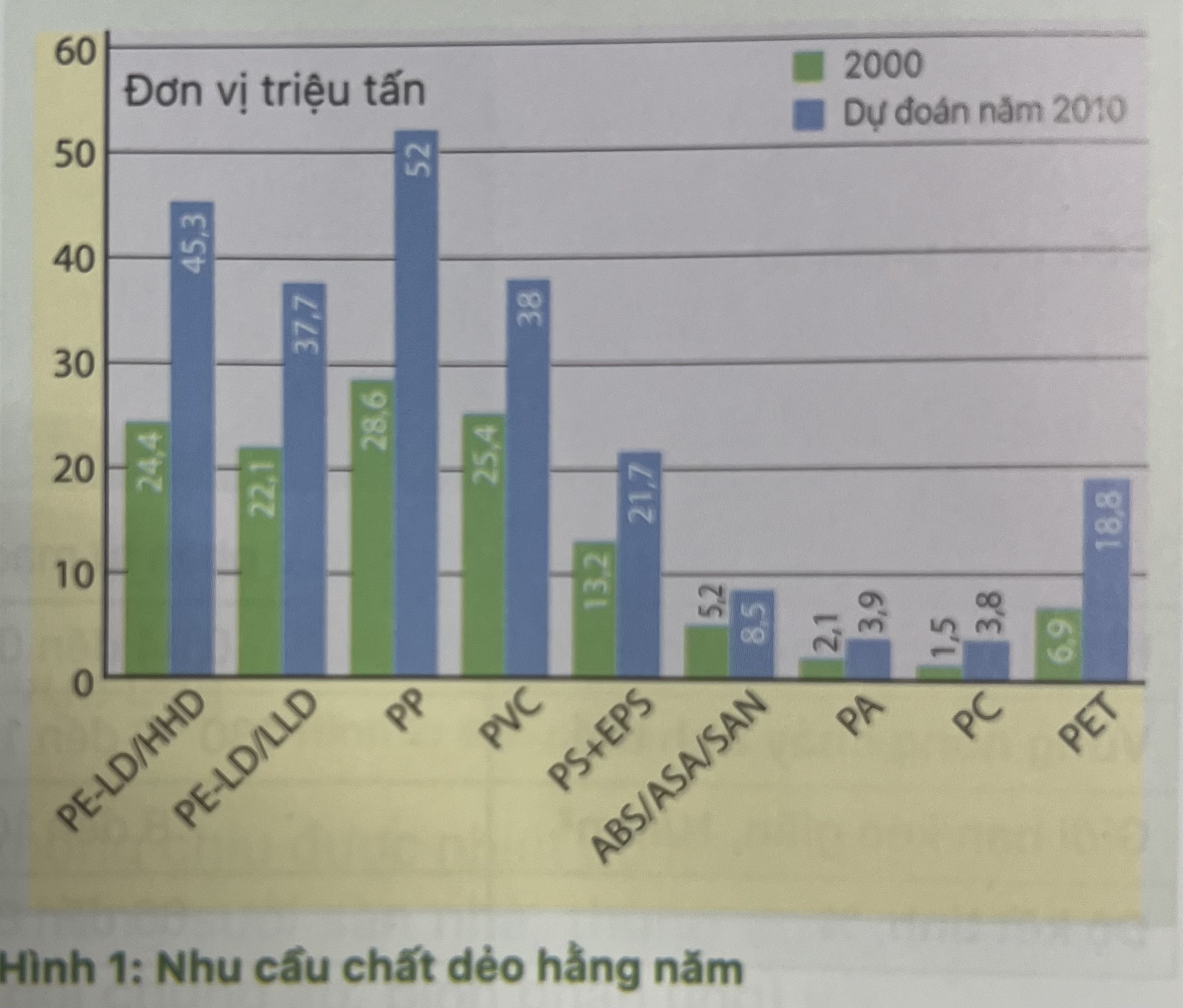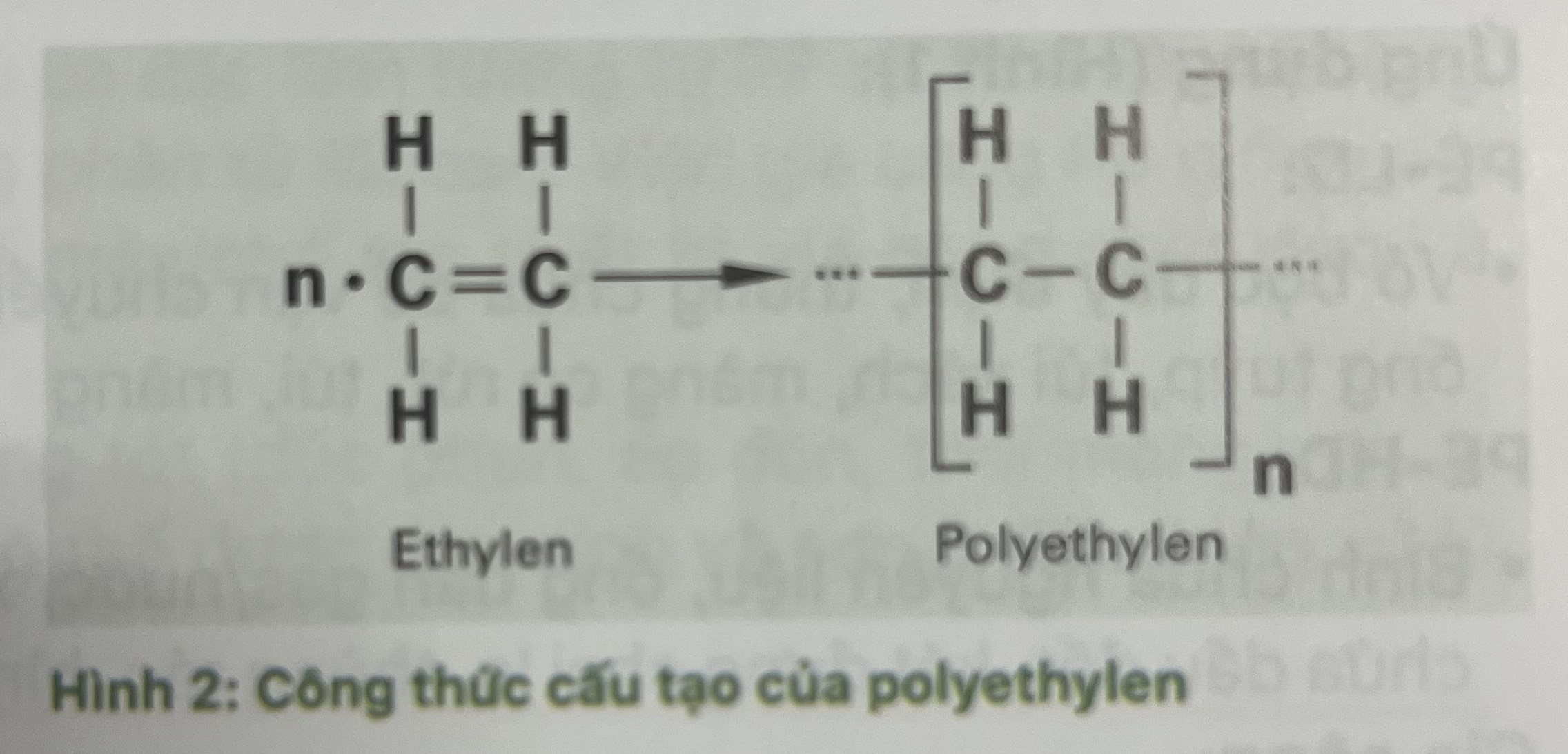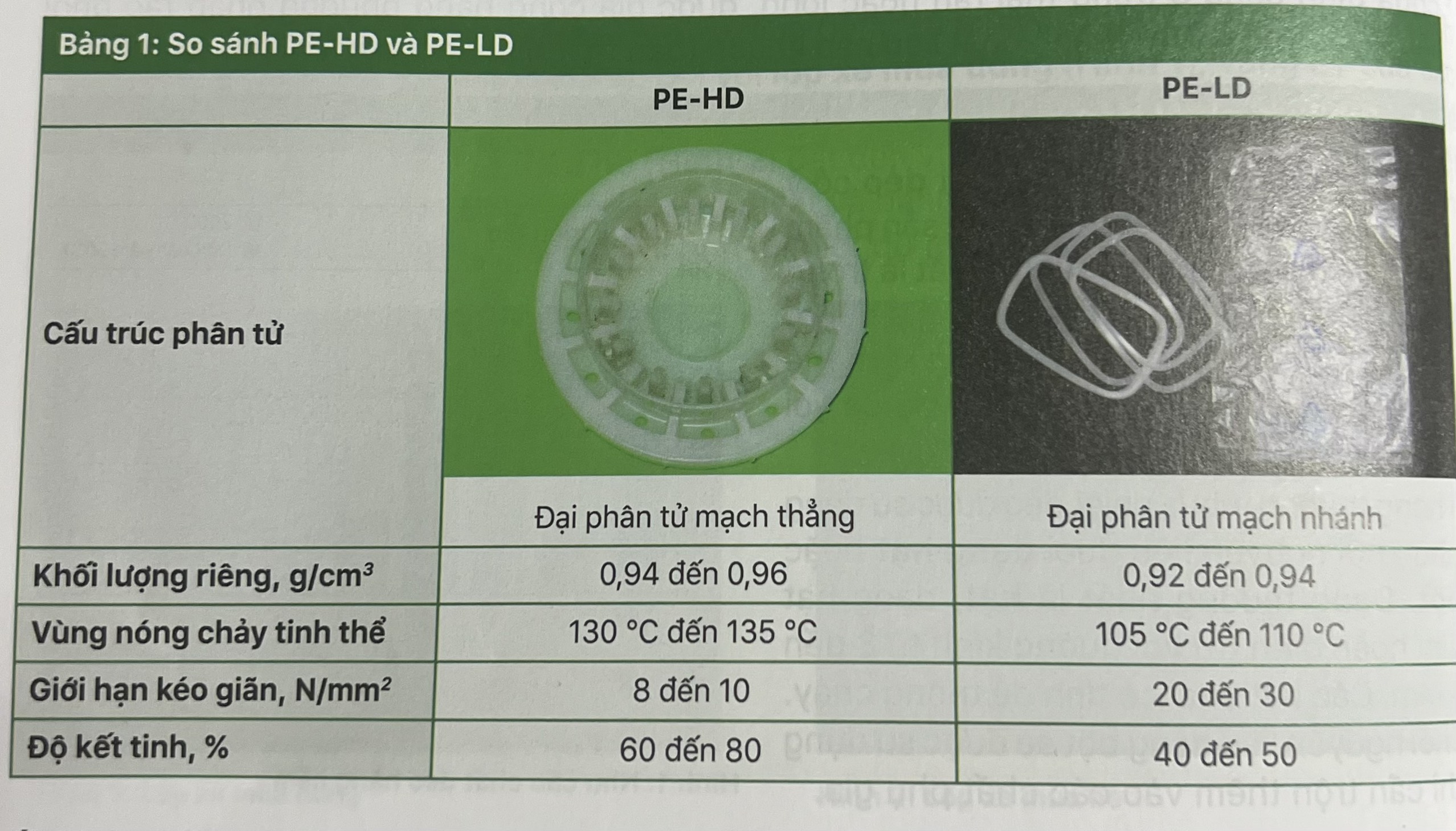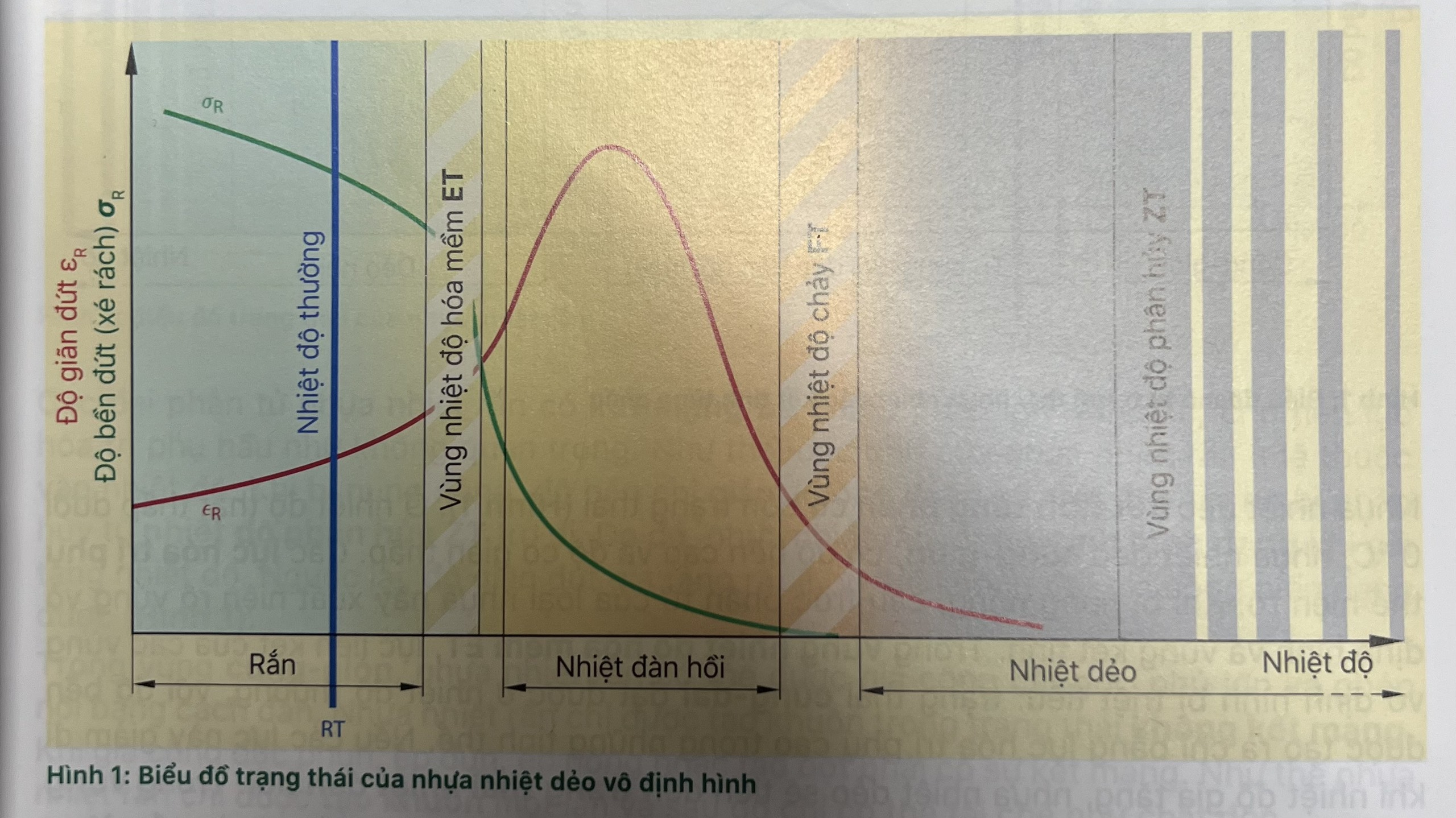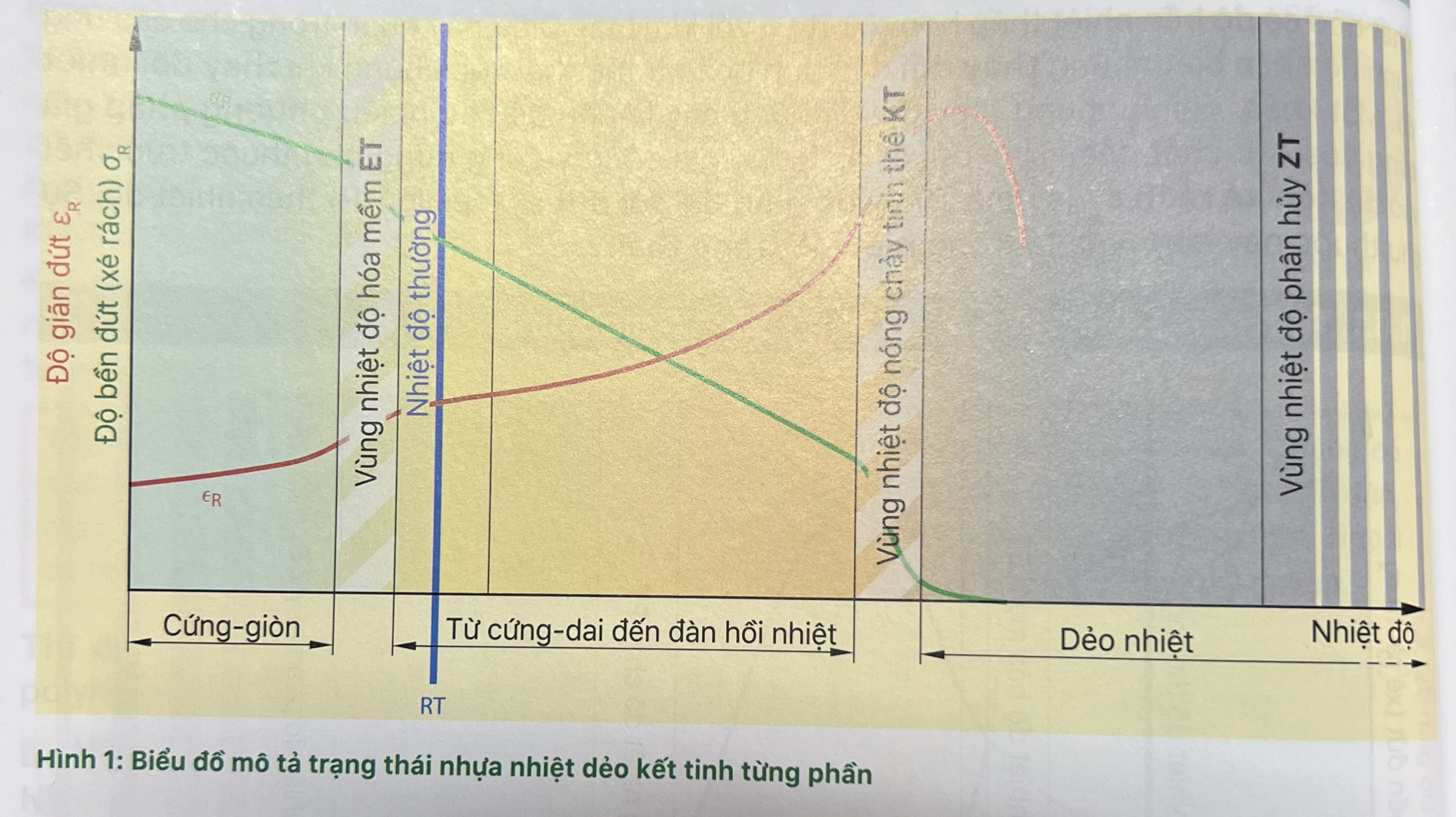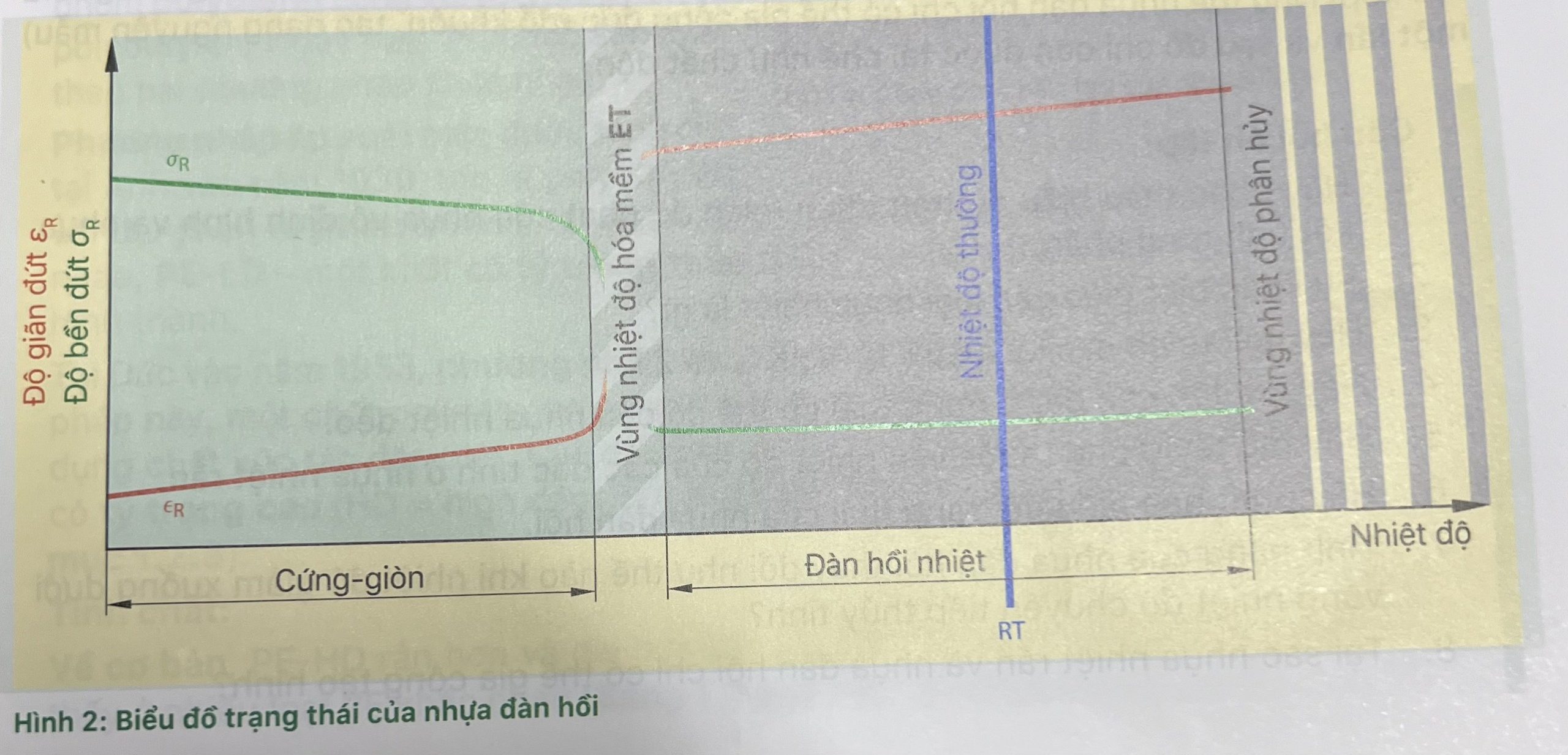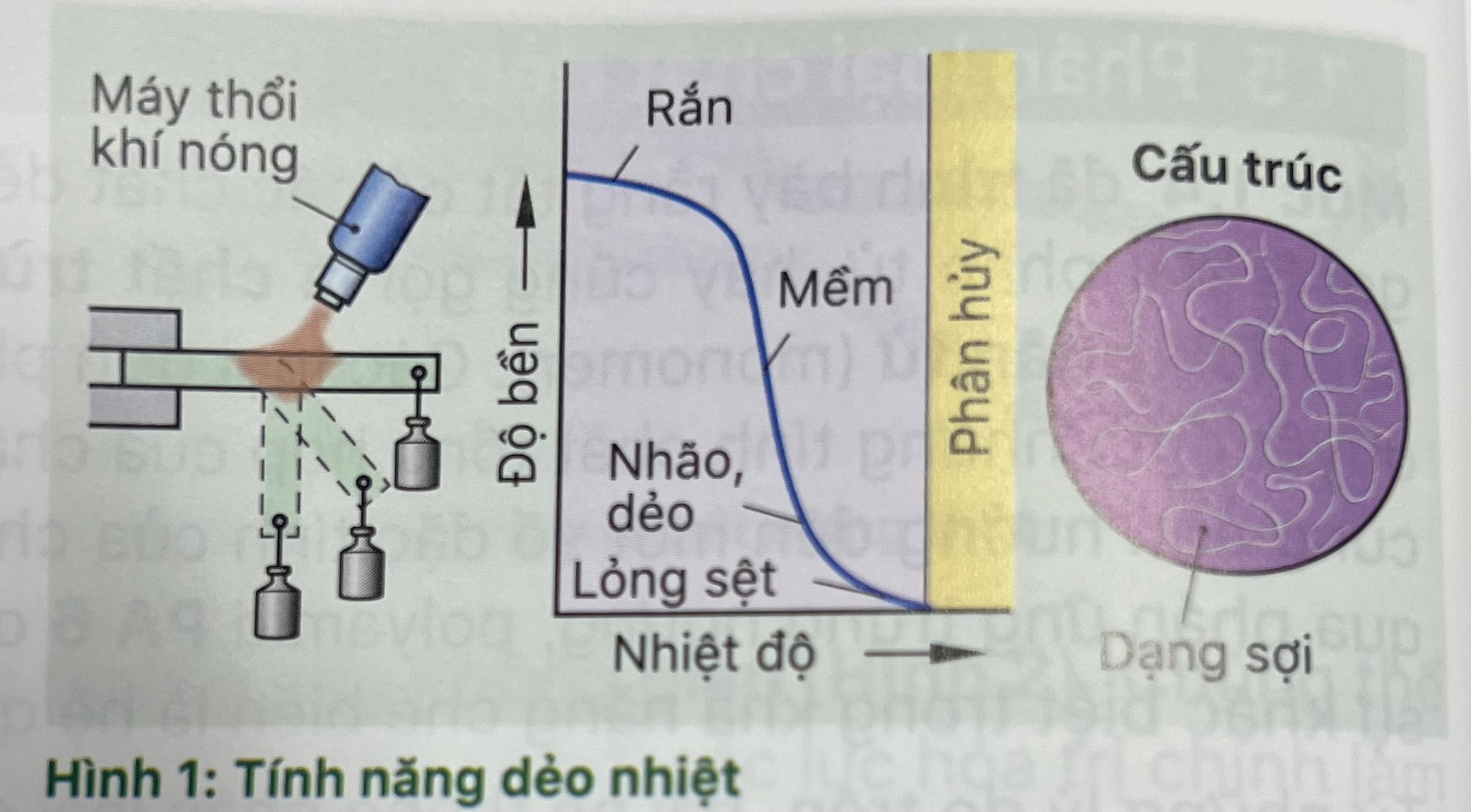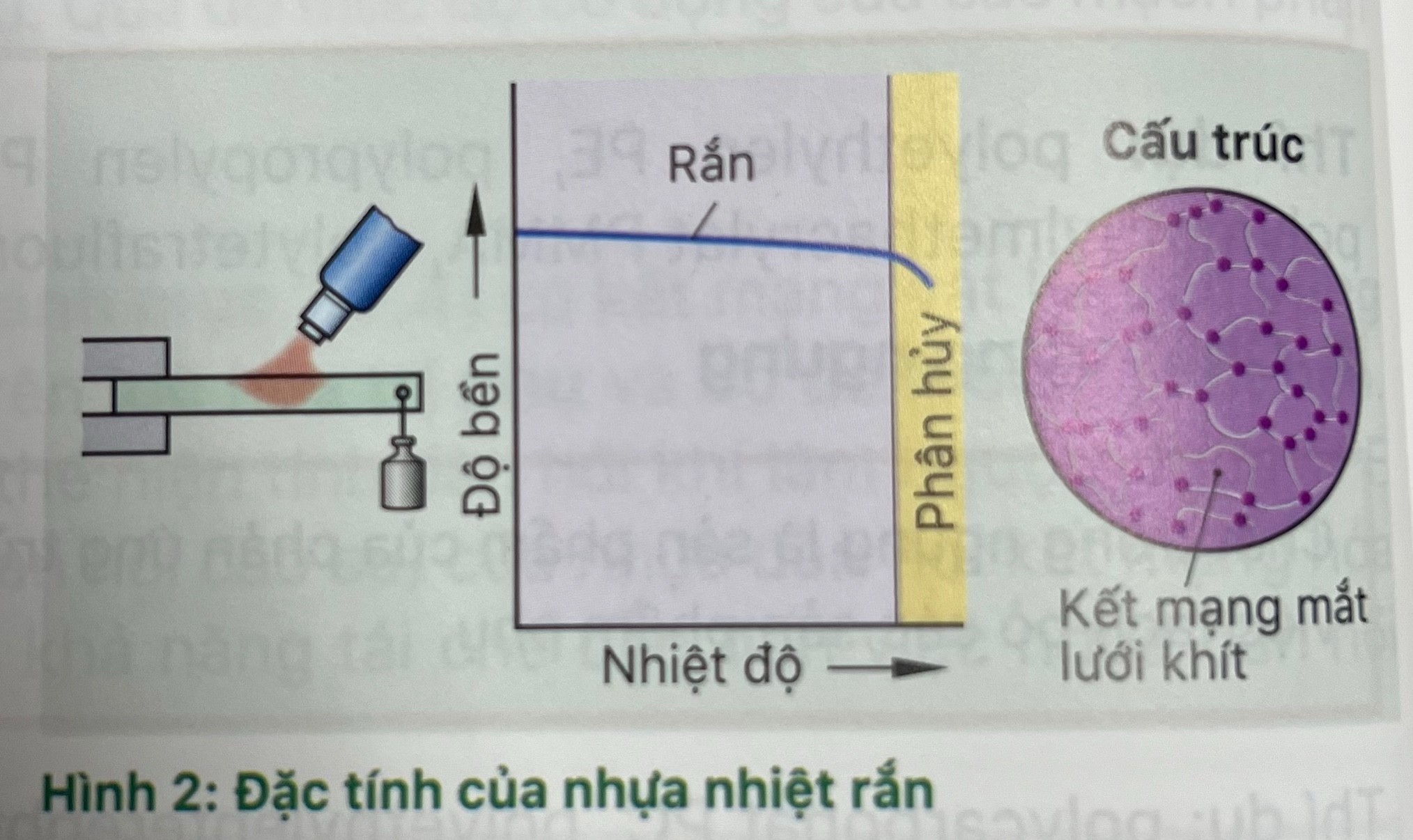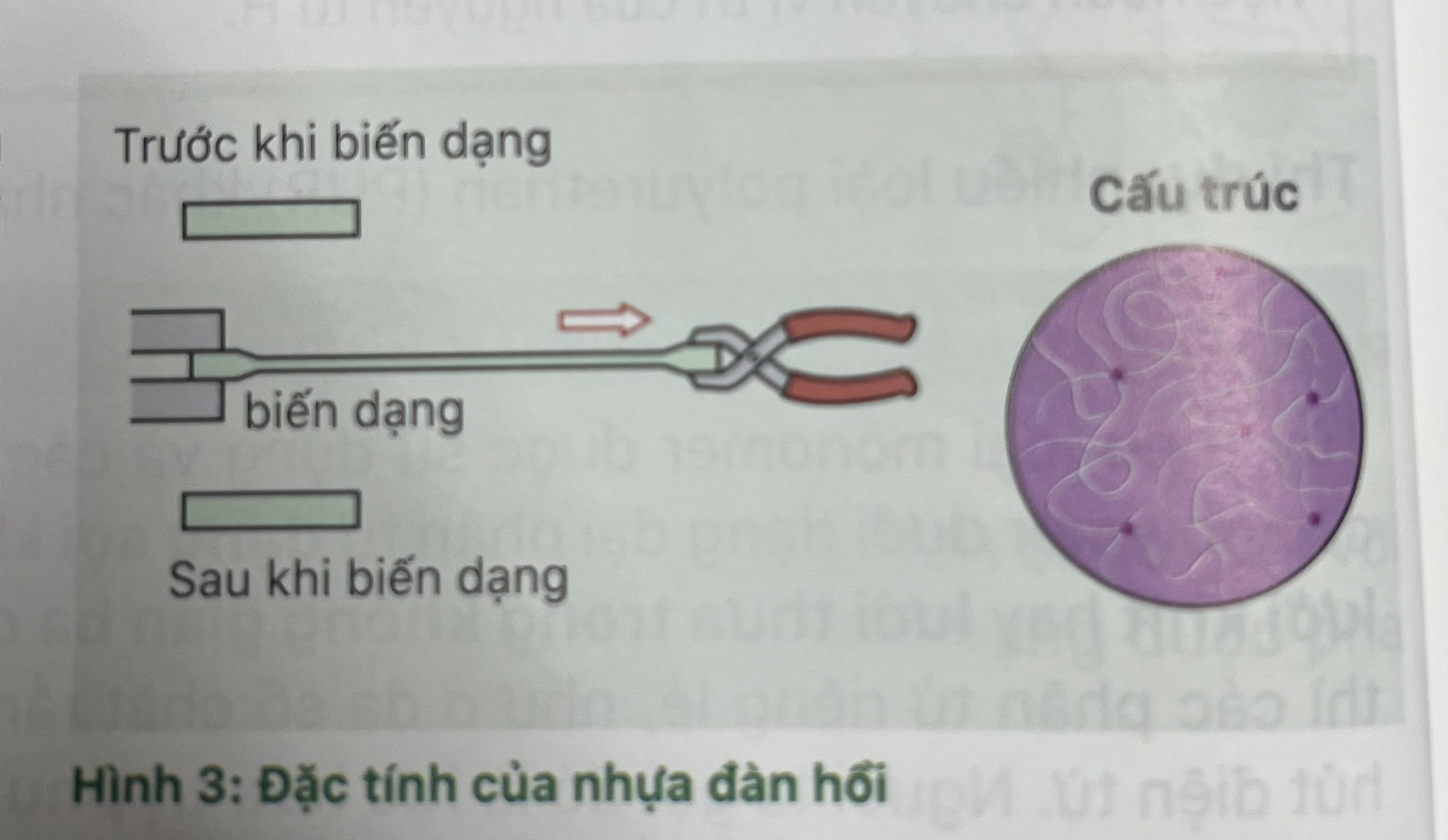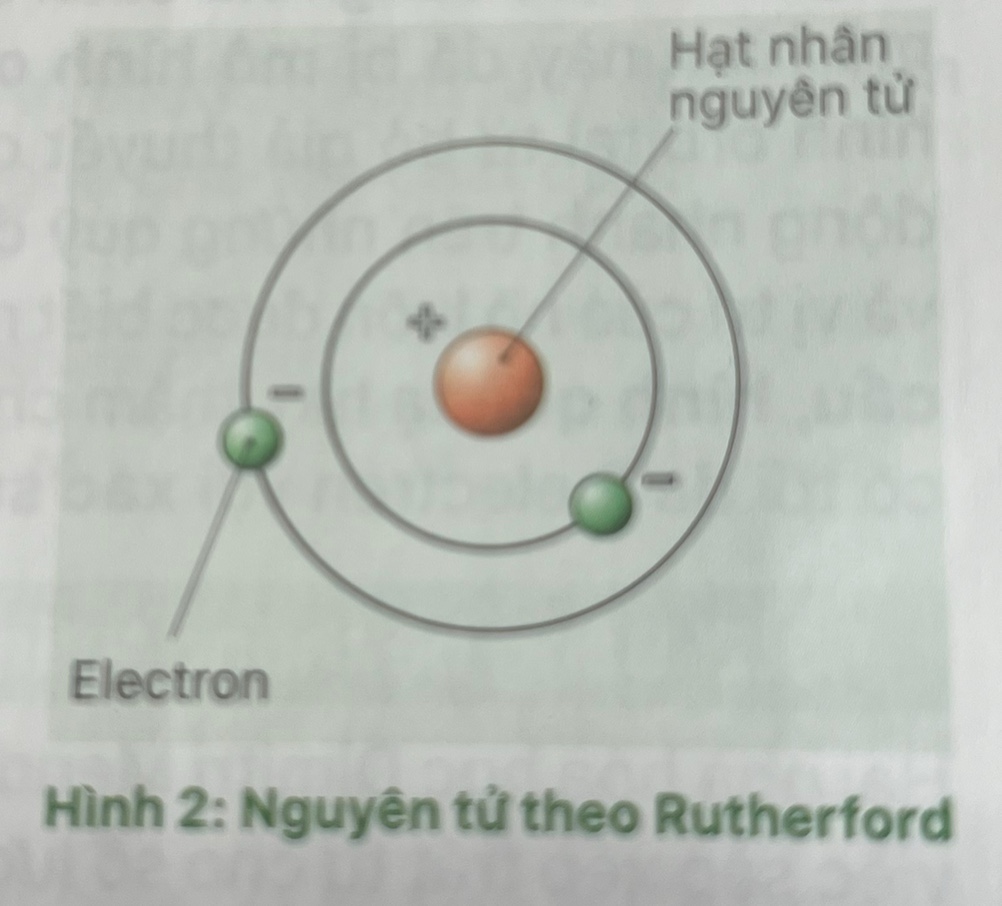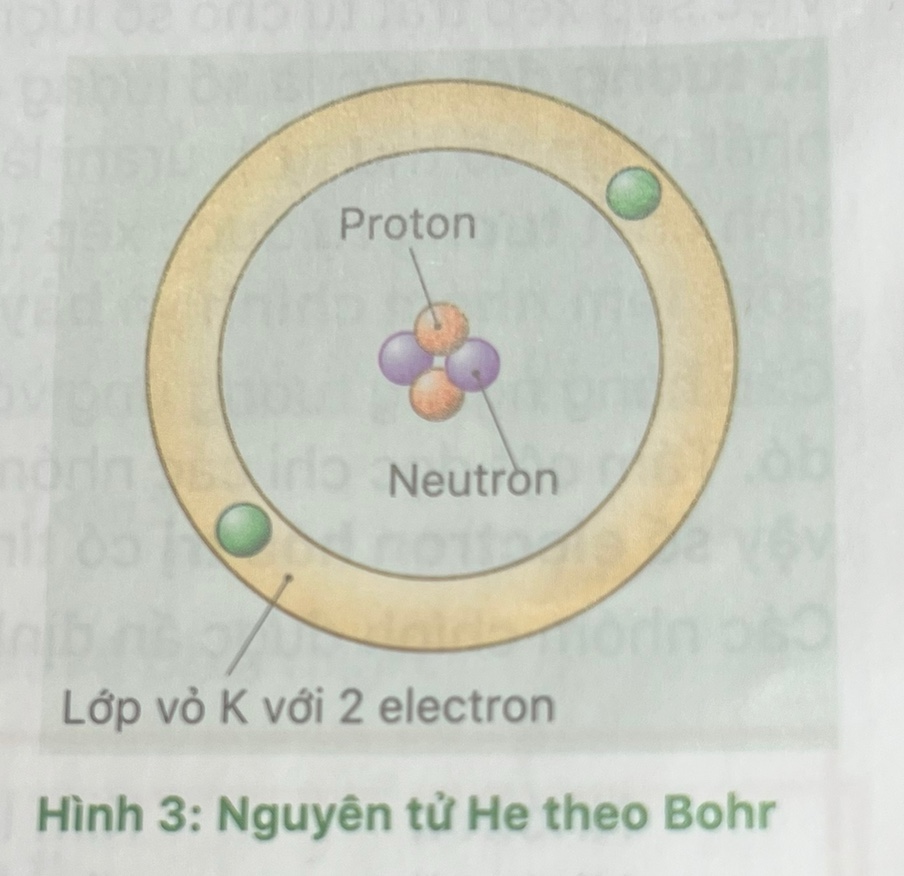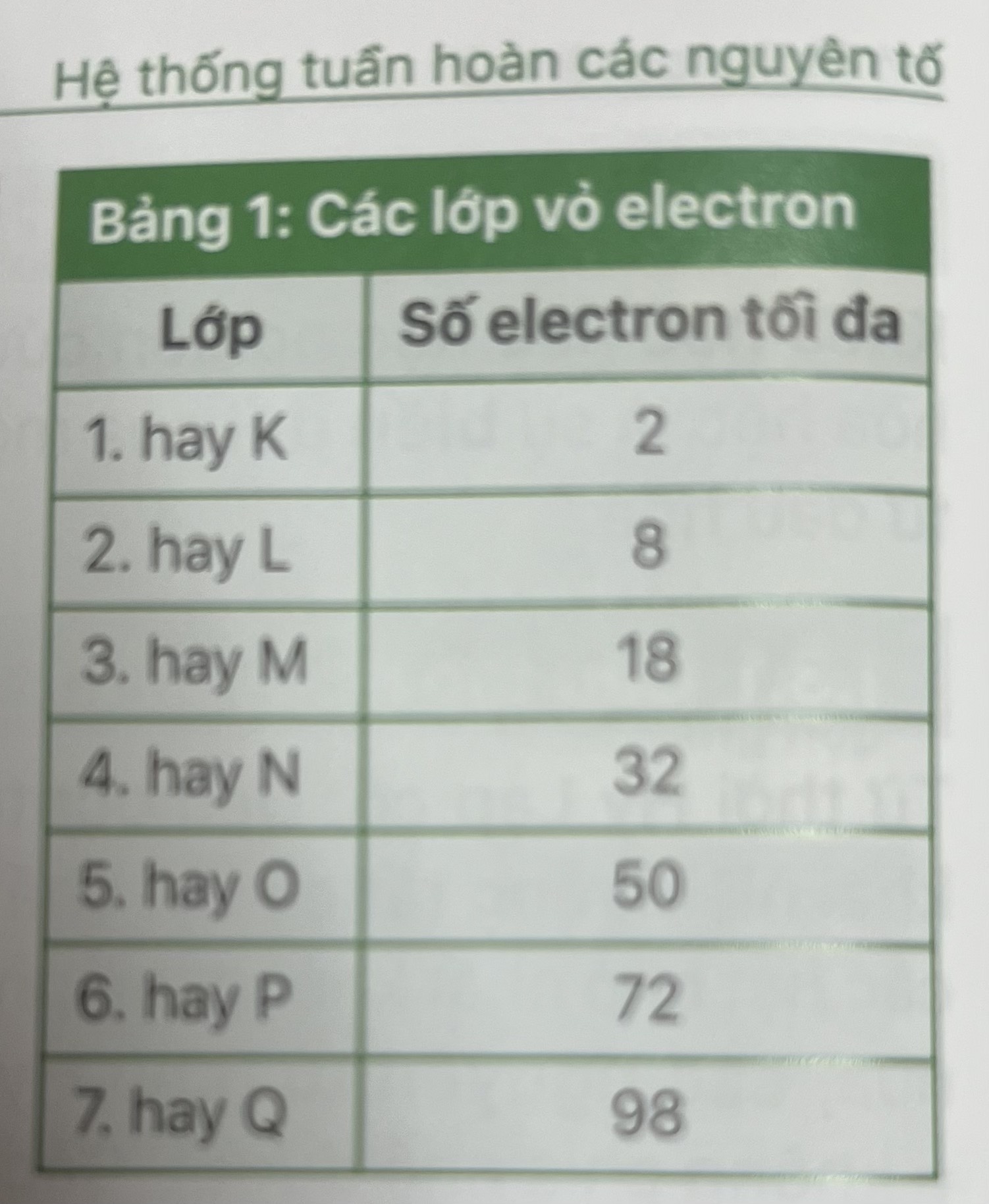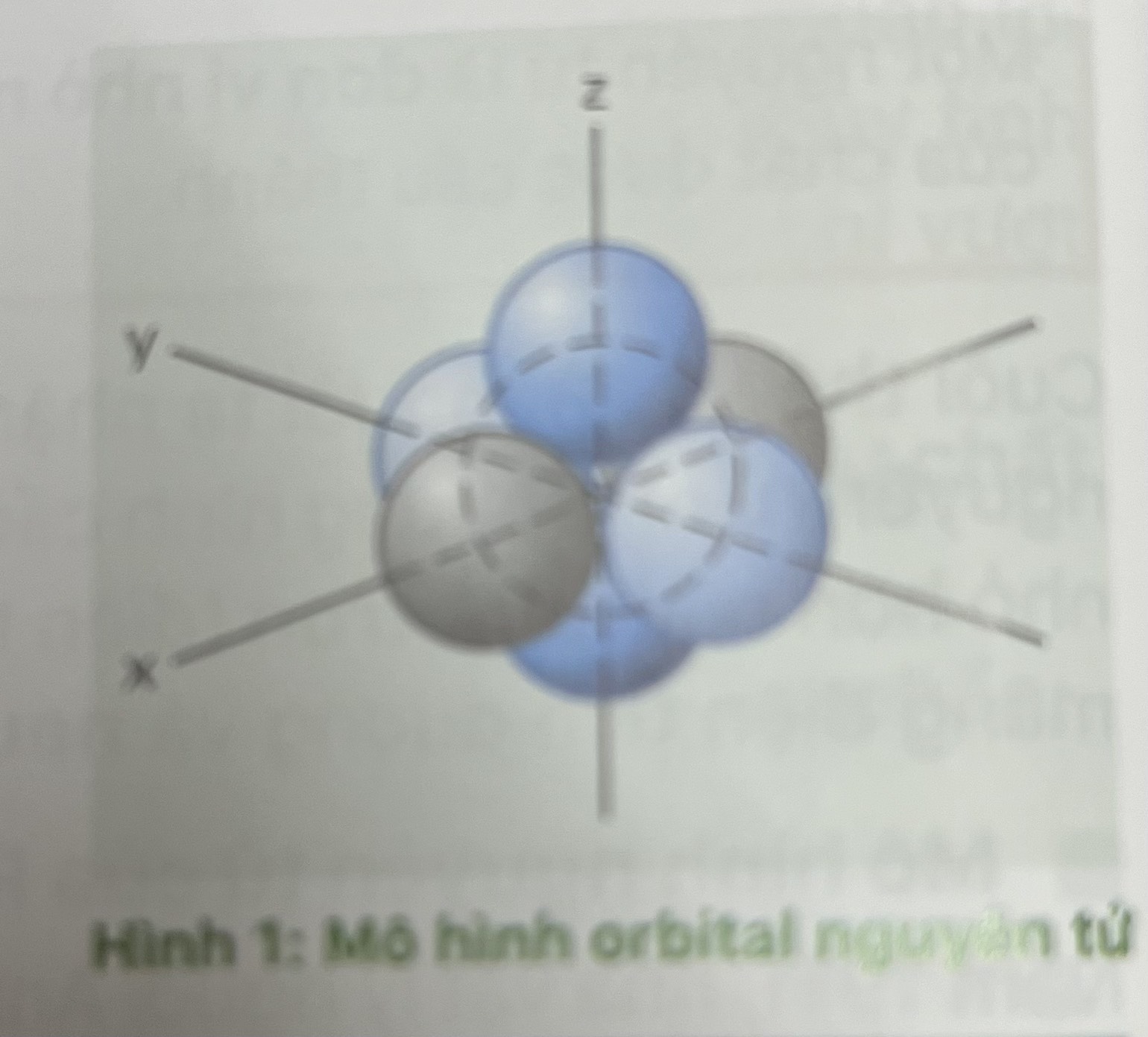Bank Automation- How Automation is Changing the Banking Industry

As a result, it’s a really monotonous job that demands a significant amount of energy and time. Companies may communicate with customers 24/7 with a customer care automation platform. Chatbots never get tired or bored, so their replies and assistance are always good. Businesses can save on overtime, maintenance, and other expenses by having their platforms operate outside of office hours. Providing a fantastic customer experience will allow consumers to reach out for assistance or recommendations at their convenience.
The bank must, however, communicate that automation does not necessarily result in fewer jobs. Automating mundane, repetitive tasks frees up employees to concentrate on complex, high-profile cases. Customers want a bank they can trust, and that means leveraging automation to prevent and protect against fraud. The easiest way to start is by automating customer segmentation to build more robust profiles that provide definitive insight into who you’re working with and when. To that end, you can also simplify the Know Your Customer process by introducing automated verification services. Cflow is one such dynamic platform that offers you the above features and more.
From an employee perspective, automation can enhance work while creating concerns about job security. Landy serves as Industry Vice President for Banking and Capital Markets for Hitachi Solutions, a global business application and technology consultancy. He joined Hitachi Solutions following the acquisition of Customer Effective and has been with the organization since 2005. For legacy organizations with an open mind, disruption can actually be an exciting opportunity to think outside the box, push themselves outside their comfort zone, and delight customers in the process. A workflow automation software that can offer you a platform to build customized workflows with zero codes involved. This feature enables even a non-tech employee to create a workflow without any difficulties.
SMA Technologies Announces State of Automation in Financial Services 2024 Report – Business Wire
SMA Technologies Announces State of Automation in Financial Services 2024 Report.
Posted: Tue, 09 Jan 2024 08:00:00 GMT [source]
In addition, the queued requests to close accounts can be processed quickly and with 100% accuracy using the predefined rules. RPA is designed to work in unusual situations, such as when an account needs to be closed because of a lack of Know Your Customer (KYC) compliance. Therefore, the bank will be able to devote more resources to tasks that demand more creativity and less routine. With the right use case chosen and a well-thought-out configuration, RPA in the banking industry can significantly quicken core processes, lower operational costs, and enhance productivity, driving more high-value work. Reach out to Itransition’s RPA experts to implement robotic process automation in your bank.
Without any human intervention, the data is processed effortlessly by not risking any mishandling. The ultimate aim of any banking organization is to build a trustable relationship with the customers by providing them with service diligently. Customers tend to demand the processes be done profoundly and as quickly as possible. They also invest their trust in your organization with their pieces of information.
The elimination of routine, time-consuming chores that slow down processes and results are a significant benefit of automating operations. Tasks like examining loan applications manually are an example of such activities. The paperwork is submitted to the bank, where a loan officer then reviews the information before making a final decision regarding the grant of the loan. Human intervention in the credit evaluation process is desired to a certain extent.
Digital workers perform their tasks quickly, accurately, and are available 24/7 without breaks, and can aid human workers as their very own digital colleagues. In this guide, we’re going to explain how traditional banks can transform their daily operations and future-proof their business. Bank automation helps to ensure financial sustainability, manage regulatory compliance efficiently and effectively, fight financial crime, and reimagine the employee and client experience. You can foun additiona information about ai customer service and artificial intelligence and NLP. Automation has also enabled banks to save time and money, as automated processes can be completed faster and more accurately than manual processes. Let’s look at some of the leading causes of disruption in the banking industry today, and how institutions are leveraging banking automation to combat to adapt to changes in the financial services landscape.
With the fast-moving developments on the technological front, most software tends to fall out of line with the lack of latest upgrades. Therefore, choose one that can accommodate the upgrade versions and always partners with you. RPA in financial aids in creating full review trails for each and every cycle, to diminish business risk as well as keep up with high interaction consistency. With RPA, in any other case, the bulky account commencing procedure will become a lot greater straightforward, quicker, and more accurate.
What are examples of banking automation?
Traditional banks are losing market share to online banks, FinTech companies, and technology firms providing financial services. Technology transitions are certainly driving declines in market share, but banks should also recognize that automation can improve customer experiences and lower costs. An average bank employee performs multiple repetitive and tedious back-office tasks that require maximum concentration with no room for mistakes. RPA is poised to take the robot out of the human, freeing the latter to perform more creative tasks that require emotional intelligence and cognitive input. According to Gartner, process improvement and automation play a key role in changing the business model in the banking and financial services industry.
Who are the leading innovators in automated collateral validation for the banking industry? – Retail Banker International
Who are the leading innovators in automated collateral validation for the banking industry?.
Posted: Mon, 13 Nov 2023 08:00:00 GMT [source]
There is a huge rise in competition between banks as a stop-gap measure, these new market entrants are prompting many financial institutions to seek partnerships and/or acquisition options. Banking and Finance have been spreading worldwide with a great and non-uniform speed, just like technology. Banks and financial institutions around the world are striving to adopt digital technologies to provide a better customer experience while enhancing efficiency. RPA eliminates the need for manual handling of routine processes such as data entry, document verification, and transaction processing. This automation accelerates task completion, reduces processing times, and minimizes the risk of delays, leading to enhanced operational efficiency. Utilizing RPA, financial institutions may instantly and routinely remind clients to submit documentation.
The constantly evolving regulatory landscape has long been a challenge for the financial and banking industry. Banks are often required to adapt to dynamic regulatory policies quickly. Complying with these requirements manually can be time-consuming and resource-intensive. In contrast, automated systems can integrate new rules rapidly, and operate within days or even hours. Automation can play a critical role in banking by providing an effective platform for collecting and analyzing customer data to gain valuable insights. Compared to a manual setup, the repetitive processes are removed from the workflows, providing less scope for extra expenses.
For that, the customers are willing to interact with automated bots and systems too. One of the largest banks in the United States, KeyBank’s customer base spans retail, small business, corporate, commercial, and investment clients. Federal Reserve Board of Governors’ says banks still have “work to do” to meet supervision and regulation expectations. AML, Data Security, Consumer Protection, and so on, regulations are emerging parallel to technological innovations and developments in the banking industry. This can be a significant challenge for banks to comply with all the regulations.
Additionally, banking automation provides financial institutions with more control and a more thorough, comprehensive analysis of their data to identify new opportunities for efficiency. Customers receive faster responses, can process transactions quicker, and gain streamlined access to their accounts. AI analyzes customer data, identifies fraudulent activity patterns, and provides customers with personalized financial advice.
Customer support automation reduces the number of agents in each vertical, which is divided by product/service type or purchase step. Most financial institutions approach this difficulty using traditional methods such as retrieval of filtered data and enforced data processing to guarantee that all entries adhere to a certain standard. Complex permissions are required for most loan applications, including gathering client information and researching borrowers’ credit histories and previous borrowings. When RPA bots take over, the time it takes to process a loan drop to less than a few minutes, and the loan approval officer is able to complete tasks more quickly and efficiently. To get the most from your banking automation, start with a detailed plan, adopt simple-but-adequate user-friendly technology, and take the time to assess the results. In the right hands, automation technology can be the most affordable but beneficial investment you ever make.
Automation can gather, aggregate, and analyze data from multiple sources to identify trends enabling employees throughout the business to make more informed business decisions with deeper business intelligence insights. This may include developing personalized targeting of products or services to individual customers who would benefit most in building better relationships while driving revenue and increasing market share. Digital workers operate without breaks, enabling customer access to services at any time – even outside of regular business hours. This helps drive cost efficiency and build better customer journeys and relationships by actioning requests from them at any time they please. Automated systems are less prone to errors, which is crucial for mitigating risk in a highly regulated environment, where accuracy is critical to avoid financial losses, non-compliance penalties, and cyber security risks.
Business Process Automation (BPA) Workflow Automation
It can eradicate repetitive tasks and clear working space for both the workforce and also the supply chain. Through automation, communication between outlets of banks can be made easier. The flow of information will be eased and it provides an effective working of the organization. Furthermore, documents generated by software remain safe from damage and can be accessed easily all the time. The following are a few advantages that automation offers to banking operations. More use cases abound, but what matters is knowing the extent of profitable automation and where exactly can RPA help banks reap maximum benefits.
IA tracks and records transactions, generates accurate reports, and audits every action undertaken by digital workers. It can also automatically implement any changes required, as dictated by evolving regulatory requirements. Discover smarter self-service customer journeys, and equip contact center agents with data that dramatically lowers average handling times. There are concerns about job displacement and the potential loss of the personal touch in banking due to increased automation.

With RPA technology that has the ability to generate natural language, this lengthy compliance paperwork may be read, the necessary information extracted, and the SAR filed. When compliance officers provide input on which elements of each document are most relevant to which sections of the report, the RPA software learns to produce optimal results. IBM estimates that annually, companies spend a stunning $1.3 trillion responding to the 265 billion customer service inquiries they get. Many financial banks have begun to reconsider their business model to capitalise on technology upheaval, and RPA is one of the primary technological solutions in the present situation.
However, AI-powered robotic process automation emerged as the best solution to overcome these challenges. RPA bots perform tasks with an astonishing degree of accuracy and consistency. By minimizing human errors in data input and processing, RPA ensures that your bank maintains data integrity and reduces the risk of costly mistakes that can damage your reputation and financial stability. Ineffective credit risk assessment is a common cause of problems for accounts receivable departments in corporations. Several financial institutions and technology providers are using RPA to automate manual report-generating operations and are seeing a quick return on investment (RoI). Augmenting RPA with artificial intelligence and other innovative technologies is a definitive next step toward digital transformation.
Cflow promises to provide hassle-free workflow automation for your organization. Employees feel empowered with zero coding when they can generate simple workflows which are intuitive and seamless. Banking processes are made easier to assess and track with a sense of clarity with the help of streamlined workflows.
- The banking industry is one of the most dynamic industries in the world, with constantly evolving technologies and changing consumer demands.
- He joined Hitachi Solutions following the acquisition of Customer Effective and has been with the organization since 2005.
- As it transitions to a digital economy, the banking industry, like many others, is poised for extraordinary transformation.
- Business process management (BPM) is best defined as a business activity characterized by methodologies and a well-defined procedure.
Then, as employees deepened their understanding of the technology and more stakeholders bought in, the bank gradually expanded the number of use cases. As a result, in two years, RPA helped CGD to streamline over 110 processes and save around 370,000 employee hours. The finance and banking industries rely on a variety of business https://chat.openai.com/ processes ideal for automation. Many professionals have already incorporated RPA and other automation to reduce the workload and increase accuracy. However, banking automation can extend well beyond these processes, improving compliance, security, and relationships with customers and employees throughout the organization.
banking
Through this, online interactions between the bank and its customers can be made seamless, which in turn generates a happy customer experience. Managing these processes, which can be cross-functional and demanding, needs to be processed without causing unnecessary delays or confusion. It also becomes mandatory to know whether any tasks within these processes are redundant or error-prone and check whether it involves a waste of human effort.
Changes can be done to improve and fix existing business techniques and processes. Invoice processing is a key business activity that could take the accountant or team of accountants a significant amount of time to guarantee the balance comparisons are right. Back-and-forth references and logins into various systems necessitate a hawk’s eye to ensure no mistakes are made, and the figures are compared appropriately. Banks struggle to raise the right invoices in the client-required formats on a timely basis as a customer-centric organization. Furthermore, the approval matrix and procedure may result in a significant amount of rework in terms of correcting formats and data. Human mistake is more likely in manual data processing, especially when dealing with numbers.
Effective communication and training programs are crucial for a smooth transition. Robotic Process Automation (RPA) is an effective tool that ensures efficiency and security while keeping costs low. McKinsey envisions a second wave of automation and AI emerging in the next few years. Machines may take on 10-25% of work across bank functions, increasing capacity and enabling employees to focus on higher-value tasks.
Automation can help banks reduce costs, improve customer service, and create new growth opportunities. Banks should invest in analytics and artificial intelligence to better understand their customers and provide the best customer experience. Automation also has the potential to improve regulatory compliance and create more secure banking systems. Banking is an extremely competitive industry, which is facing unprecedented challenges in staying profitable and successful.
This blog is all about credit unions and their daily business problems that can be solved using Robotic Process Automation (RPA). UiPath, Automation Anywhere, Blue Prism and Power Automate are the four most popular RPA tools on the market. There are distinct differences between them, which makes choosing one a difficult task. In this article, you will get a side by side analysis and comparison of the popular 4 RPA tool to help you decide which one is the best choice for your business.
Some of the most obvious benefits of RPA in finance for PO processing are that it is simple, effective, rapid, and cost-efficient. Invoice processing is sometimes a tiresome and time-consuming task, especially if invoices are received or prepared in a variety of forms. Through Natural Language Processing (NLP) and AI-driven bots, RPA enables personalized customer interactions.
Data science is a new field in the banking business that uses mathematical algorithms to find patterns and forecast trends. Automation allows you to concentrate on essential company processes rather than adding administrative responsibilities to an already overburdened workforce. Offshore banks can also move your money more easily and freely over the internet.
Similarly, banking RPA software and services revenue is expected to reach a whopping $900 million by 2022. These indicators place RPA as an essential ingredient in the future of banking; banks must consider how strategic implementation of RPA could become the wind beneath their wings. At times, even the most careful worker will accidentally enter the erroneous number.
RPA can help organizations make a step closer toward digital transformation in banking. On the one hand, RPA is a mere workaround plastered on outdated legacy systems. Still, instead of abandoning legacy systems, you can close the gap with RPA deployment. While RPA is much less resource-demanding than the majority of other automation solutions, the IT department’s buy-in remains crucial.
Banking mobility, remote advice, social computing, digital signage, and next-generation self-service are Smart Banking’s main topics. Banks become digital and remain at the center of their customers’ lives with Smart Banking. An investment portfolio analysis report details the current investments’ performance and suggests new investments based on the report’s findings. The report needs to include a thorough analysis of the client’s investment profile.
i. Loan Processing and Underwriting
In the financial industry, robotic process automation (RPA) refers to the application of robot software to supplement or even replace human labor. As a result of RPA, financial institutions and accounting departments can automate formerly manual operations, freeing workers’ time to concentrate on higher-value work and giving their companies a competitive edge. Manual processes and systems have no place in the digital era because they increase costs, require more time, and are prone to errors. To address banking industry difficulties, banks and credit unions must consider technology-based solutions. Like most industries, financial institutions are turning to automation to speed up their processes, improve customer experiences, and boost their productivity. Before embarking with your automation strategy, identify which banking processes to automate to achieve the best business outcomes for a higher return on investment (ROI).

Algorithms trained on bank data disperse such analysis and projections across your reports and analyses. Your entire organization can benefit from the increased transparency that comes from everyone’s exposure to the exact same data on the cloud. Income is managed, goals are created, and assets are invested while taking into account the individual’s needs and constraints through financial planning. The process of developing individual investor recommendations and insights is complex and time-consuming.
It’s an excellent illustration of automated financial planning, taking care of routine duties including rebalancing, monitoring, and updating. Creating a “people plan” for the rollout of banking process automation is the primary goal. Analyzing client behavior and preferences using modern technology can help. This is how companies offer the best wealth management and investment advisory services. Banks can quickly and effectively assist consumers with difficult situations by employing automated experts.
Traditional banks can also leverage machine learning algorithms to reduce false positives, thereby increasing customer confidence and loyalty. The automated banking processes are performed seamlessly without any errors. Being in the financial sector, banks are most required to be conscious and attentive about the data that they handle. The processing of data through automated banking reduces such risks and errors to zero. This is purely the result of a lack of proper organization of the works involved. With the involvement of an umpteen number of repetitive tasks and the interconnected nature of processes, it is always a call for automation in banking.
With the use of financial automation, ensuring that expense records are compliant with company regulations and preparing expense reports becomes easier. By automating the reimbursement process, it is possible to manage payments on a timely basis. With the use of automatic warnings, policy infractions and data discrepancies can be communicated to the appropriate individuals/departments. RPA combined with Intelligent automation will not only remove the potential of errors but will also intelligently capture the data to build P’s. An automatic approval matrix can be constructed and forwarded for approvals without the need for human participation once the automated system is in place. Financial technology firms are frequently involved in cash inflows and outflows.
Traditional software programs often include several limitations, making it difficult to scale and adapt as the business grows. For example, professionals once spent hours sourcing and scanning documents necessary to spot market trends. As a result, the number of available employee hours limited their growth. Today, multiple use cases have demonstrated how banking automation and document AI remove these barriers.
Employees can also use audit trails to track various procedures and requests. Discover how leaders from Wells Fargo, TD Bank, JP Morgan, and Arvest automation in banking industry transformed their organizations with automation and AI. In today’s banks, the value of automation might be the only thing that isn’t transitory.
The implementation of automation technology, techniques, and procedures improves the efficiency, reliability, and/or pace of many duties that have been formerly completed with the aid of using humans. Robotic Process Automation in banking can be used to automate a myriad of processes, ensuring accuracy and reducing time. Now, let us see banks that have actually gained all the benefits by implementing RPA in the banking industry. Robotic Process Automation in banking app development leverages sophisticated algorithms and software robots to handle these tasks efficiently.
When highly-monitored banking tasks are automated, it allows you to build compliance into the processes and track the progress of it all in one place. This promises visibility, and you can perform the most accurate assessment and reporting. Automation creates an environment where you can place customers as your top priority.
Today, all the major RPA platforms offer cloud solutions, and many customers have their own clouds. Below we provide an exemplary framework for assessing processes for automation feasibility. Business process management (BPM) is best defined as a business activity characterized by methodologies and a well-defined procedure.
In order to be successful in business, you must have insight, agility, strong customer relationships, and constant innovation. Benchmarking successful practices across the sector can provide useful knowledge, allowing banks and credit unions to remain competitive. [Exclusive Free Webinar] Automate banking Chat PG processes with automated workflows. To overcome these challenges, Kody Technolab helps banks with tailored RPA solutions and offers experienced Fintech developers for hire. Our team of experts can assist your bank in leveraging automation to overcome resource constraints and cost pressures.
At Hitachi Solutions, we specialize in helping businesses harness the power of digital transformation through the use of innovative solutions built on the Microsoft platform. We offer a suite of products designed specifically for the financial services industry, which can be tailored to meet the exact needs of your organization. We also have an experienced team that can help modernize your existing data and cloud services infrastructure. With threats to financial institutions on the rise, traditional banks must continue to reinforce their cybersecurity and identity protection as a survival imperative. Risk detection and analysis require a high level of computing capacity — a level of capacity found only in cloud computing technology. Cloud computing also offers a higher degree of scalability, which makes it more cost-effective for banks to scrutinize transactions.
Artificial intelligence (AI) automation is the most advanced degree of automation. With AI, robots can “learn” and make decisions based on scenarios they’ve encountered and evaluated in the past. In customer service, for example, virtual assistants can lower expenses while empowering both customers and human agents, resulting in a better customer experience. Automation can handle time-consuming, repetitive tasks while maintaining accuracy and quickly submitting invoices to the appropriate approving authority.

Decide what worked well, which ideas didn’t perform as well as you hoped, and look for ways to improve future banking automation implementation strategies. Learn more about digital transformation in banking and how IA helps banks evolve. In business, innovation is a critical differentiator that sets apart successful companies from the rest.

Besides, failure to balance these demands can hinder a bank’s growth and jeopardize its very existence. Credit acceptance, credit refusal, and information sharing all necessitate correspondence. Communication via electronic means is preferable to written correspondence.

These campaigns not only enable banks to optimize the customer experience based on direct feedback but also enables customers a voice in this important process. In 2018, Gartner predicted that by the year 2030, 80% of traditional financial organizations will disappear. Looking at the exponential advancements in the technological edge, researchers felt that many financial institutions may fail to upgrade and standardize their services with technology. But five years down the lane since, a lot has changed in the banking industry with RPA and hyper-automation gaining more intensity. Various other investment banking and financial services companies have optimised complex processes by implementing banking automation through RPA.

